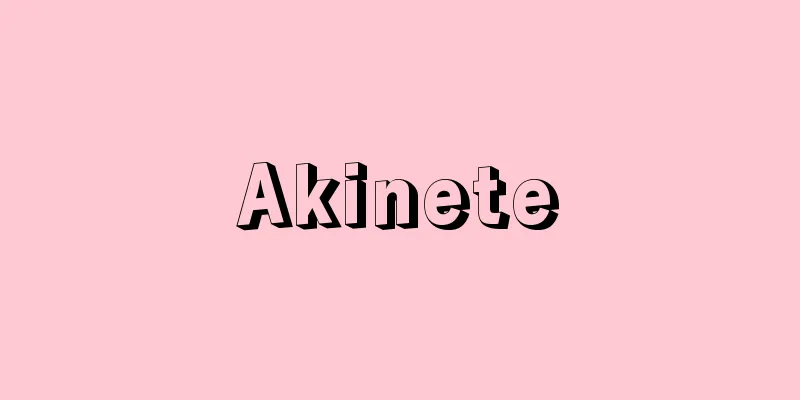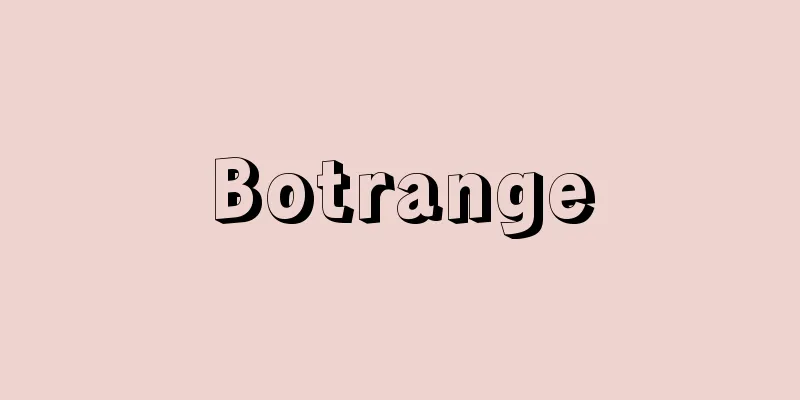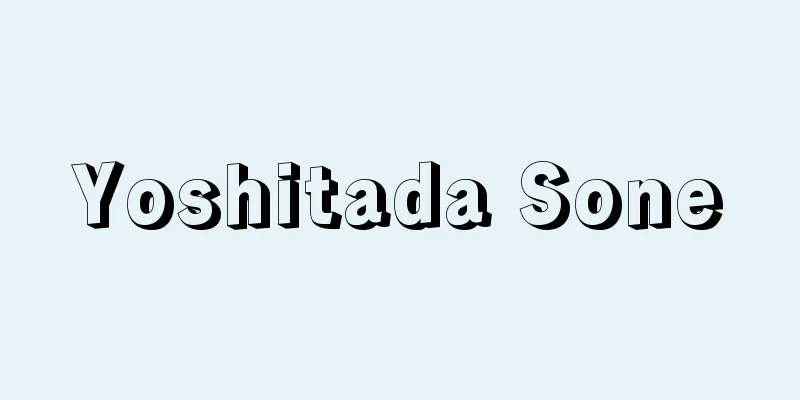Portrait rights

|
The right not to have one's likeness (face, figure) captured in a photograph, painting, sculpture, etc., published, or used without consent or just cause. There is no explicit legal provision for protection of this right, but it is understood as part of the right to privacy, and in civil law, it is recognized as one of the personal rights, which are non-monetary interests inherent to a person. If this right is violated illegally, liability for damages may arise as a tort (Article 710 of the Civil Code), or publication or use may be suspended. For example, a violation of this right becomes an issue when a photograph of one's face is used in a media report or product advertisement without permission. As an exception, in cases of public purposes such as press photographs, or in cases involving famous people such as politicians or entertainers, it is generally considered not to be illegal. Portrait rights are an issue in relation to state power, especially in criminal investigations. The Supreme Court's ruling on December 24, 1969 in the "Demonstration against Kyoto University Management Law," in which the legality of police photographing participants in a demonstration was disputed, stated that, in accordance with the spirit of the right to pursue happiness guaranteed in Article 13 of the Constitution, "as one of the freedoms of an individual in their private life, everyone has the freedom not to have their appearance or figure photographed without their consent." However, it also stated that it is lawful in cases where a crime is committed in flagrante delicto, there is a need or urgency to preserve evidence, and the photographing is done in a reasonable manner. In addition, the photographing of suspects who are under physical restraint is permitted under Article 218, paragraph 2 of the Code of Criminal Procedure. [Junichi Hamada] [Reference] | |Source: Shogakukan Encyclopedia Nipponica About Encyclopedia Nipponica Information | Legend |
|
承諾なしに、また正当な理由なく、自分の肖像(顔、姿)を写真や絵画、彫刻などに写しとられたり、公表あるいは使用されたりしない権利。法律による明文の保護規定はないが、プライバシーの権利の一部として理解され、民法上は、人格に固有の非財産的利益である人格権の一つとして認められている。この権利を違法に侵害した場合には、不法行為(民法710条)として損害賠償の責任が生じ、あるいは公表や使用の差止めがなされることもある。たとえば、顔写真が無断でマスコミの報道に利用されたり、商品広告に使われたりした場合に、この権利の侵害が問題となる。例外として、報道写真のように公共目的の場合、あるいは政治家や芸能人のような著名人に関する場合は、一般に違法性がないものと考えられる。肖像権は、国家権力との関係では、とくに刑事事件の捜査に際して問題となる。デモ行進参加者に対する警察官による写真撮影の適法性が争われた「京都大学管理法反対デモ事件」における最高裁判決(1969年12月24日)は、憲法第13条で保障された幸福追求権の趣旨から、「個人の私生活上の自由の一つとして、何人も、その承諾なしに、みだりにその容貌(ようぼう)・姿態を撮影されない自由を有する」とした。ただし、現行犯の場合で証拠保全の必要性、緊急性があり、相当な方法による撮影であるときは適法であるとしている。また、身体の拘束を受けている被疑者の写真撮影は、刑事訴訟法第218条2項で認められている。 [浜田純一] [参照項目] | |出典 小学館 日本大百科全書(ニッポニカ)日本大百科全書(ニッポニカ)について 情報 | 凡例 |
<<: Portrait photograph - shozoshashin (English spelling) portrait
>>: Emotional education - Jōsōkyōiku
Recommend
Kudamatsu [city] - Kudamatsu
A city in the southeastern part of Yamaguchi Prefe...
Noriuji Isshiki
A military commander during the Nanboku-cho perio...
Cistercian Order - Sacer Ordo Cisterciensis
A Catholic monastic order founded in Cîteaux, Fran...
Summer Hibernation - Kamin
A state of dormancy in which an organism spends t...
Japanese History - Nihon Isshi
A history book covering the early Heian period. I...
Interactionism
...It is often seen that mental stress can cause ...
Deacon - Josai (English spelling) diaconus; deacon
A term used in the Catholic Church. In the Greek O...
Miyoshi Tameyatsu - Miyoshi Tameyatsu
A man of letters from the Heian period. His real ...
Barlach, Ernst
Born January 2, 1870 by Wedel Died: October 24, 19...
Wilson cloud chamber
→ Cloud chamber Source : Heibonsha Encyclopedia Ab...
Ferromagnetism
A magnetic material that has spontaneous magnetiz...
polar orbit
... Based on their shape, satellite orbits are cl...
glide ratio
…The angle that the flight path makes with the ho...
Shadowless lamp - Muei-to
A surgical light installed in an operating room. ...
External nares
… [Animal Noses] Among the primitive fishes belon...









